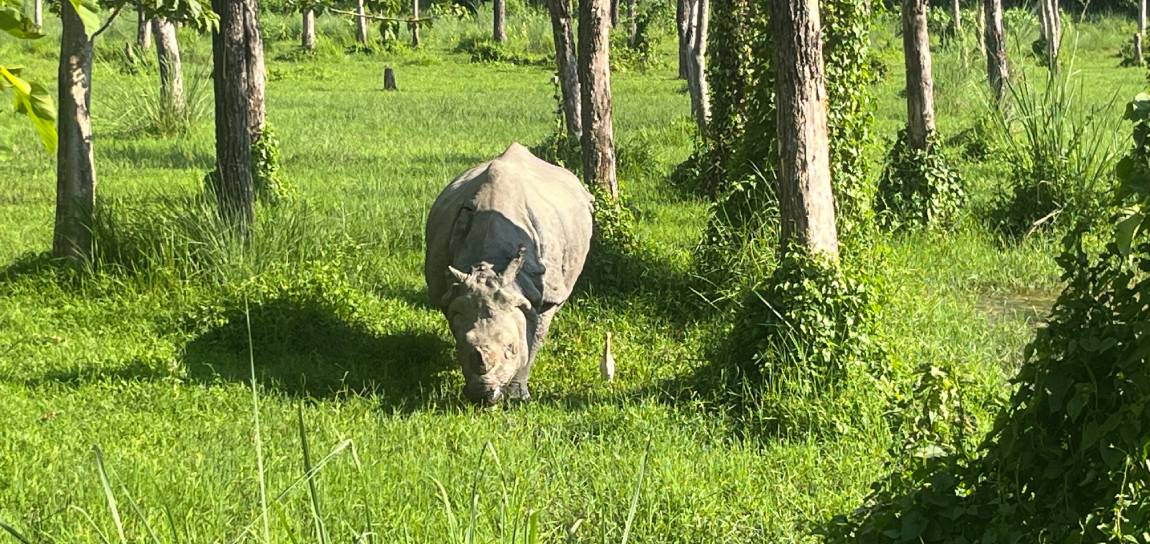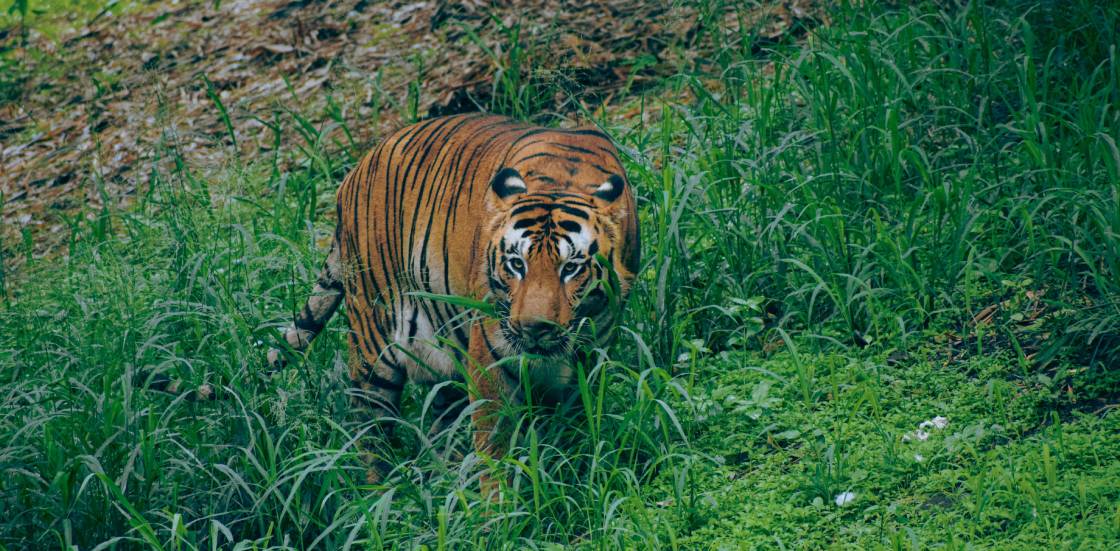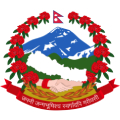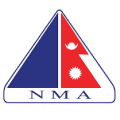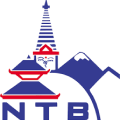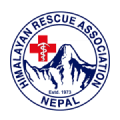Thimphu Punakha Tour

Tour Duration
4 days
Best time to go
Sep-Nov, Mar-May
Group Size
2-25 People
Max Altitude
3100m
Accommodation
Tea Houses
Tour Grade
moderate
Area
Bhutan
Hours of Walking
2-3 hrs
Start point - End point
Kathamandu
Exploring Bhutan through a Thimphu-Punakha tour is an enchanting journey into the heart of the Himalayas, where ancient traditions, breathtaking landscapes, and vibrant culture come alive. This route takes you through two of Bhutan’s most iconic cities—Thimphu, the peaceful capital, and Punakha, the former royal seat—offering a perfect balance of spiritual heritage, natural beauty, and warm Bhutanese hospitality.
Your adventure typically begins in Thimphu, Bhutan’s administrative and cultural center. Unlike most capitals, Thimphu retains a charming, small-town feel, with a slow pace of life and little traffic congestion. The city is nestled in a lush valley surrounded by forested hills and mountains, offering stunning views and a serene atmosphere. A visit here is a wonderful introduction to Bhutanese life, as you immerse yourself in local customs, architecture, and spirituality.
One of the most striking landmarks in Thimphu is the Buddha Dordenma, a gigantic golden statue of Buddha Shakyamuni sitting atop a hill overlooking the valley. Standing at over 50 meters tall, this statue not only symbolizes peace and happiness but also provides panoramic views of the city and surrounding mountains. Nearby, you can visit the Tashichho Dzong, a fortress-monastery that functions as the seat of Bhutan’s government and houses the office of the king. Its impressive white walls, red roofs, and intricate woodwork showcase the beauty of traditional Bhutanese architecture.
Thimphu is also home to several other fascinating cultural sites. The National Memorial Chorten is a place of devotion and reflection, frequented by locals spinning prayer wheels and offering prayers. The Folk Heritage Museum and the Textile Museum give insights into Bhutan’s rich history, crafts, and traditions. For art lovers, the School of Arts and Crafts provides a glimpse into the meticulous work of Bhutanese artisans who keep centuries-old techniques alive. The lively Thimphu Market is perfect for picking up handicrafts, souvenirs, and sampling local snacks.
After exploring Thimphu, the journey continues to Punakha, about a three-hour drive away, through some of Bhutan’s most scenic landscapes. The route itself is an experience, winding through verdant valleys, pine forests, and across the dramatic Dochula Pass at 3,100 meters elevation. From this pass, on a clear day, you can see spectacular views of the Himalayan mountain range, including snow-capped peaks stretching into the distance. The pass is also known for its 108 memorial chortens (stupas), built by the Queen Mother in honor of Bhutanese soldiers who lost their lives in a 2003 military operation.
Punakha, once the winter capital of Bhutan, is famous for its stunning Punakha Dzong, often called the “Palace of Great Happiness.” This fortress is one of the most beautiful and important in Bhutan, located at the confluence of the Pho Chhu and Mo Chhu rivers. The dzong’s whitewashed walls, golden roofs, and intricate wooden carvings create a picture-perfect scene, especially in spring when nearby jacaranda trees burst into purple bloom. The dzong serves as a religious center, hosting festivals and housing monks, and also contains sacred relics of Bhutan’s spiritual leaders.
In Punakha, you can also visit the Chimi Lhakhang, known as the “Fertility Temple.” Pilgrims and visitors come here to seek blessings for children and fertility, making it a lively and culturally rich spot to experience local beliefs and rituals. Nearby, the scenic Punakha Suspension Bridge is one of the longest and highest in Bhutan, offering stunning views of the valley and river below—a thrilling experience for visitors.
Nature lovers will appreciate the opportunity to explore Punakha’s surrounding valleys, rice paddies, and riverside trails. The climate here is warmer and more temperate than Thimphu, allowing for lush vegetation and a different feel. It’s an excellent area for easy hikes, bird watching, and photography.
Throughout the tour, you’ll have the chance to enjoy authentic Bhutanese cuisine, which features hearty dishes like ema datshi (chilies and cheese), red rice, buckwheat pancakes, and momos (dumplings). Bhutanese hospitality is warm and genuine, and sharing meals with locals or fellow travelers adds to the cultural immersion.
The Thimphu-Punakha itinerary is ideal for travelers who want to experience Bhutan’s culture and history without venturing too far off the beaten path. It offers a manageable pace with plenty of opportunities to connect with the people, explore stunning architecture, and enjoy peaceful natural surroundings. Whether it’s your first visit to Bhutan or a return trip, this tour provides a rich blend of experiences that stay with you long after you leave.
In summary, a Bhutan tour focusing on Thimphu and Punakha is more than just sightseeing—it’s a chance to step into a world where tradition and modernity coexist in harmony, where spirituality and nature shape daily life, and where every moment invites reflection and wonder. From the monumental Buddha statues and ancient dzongs to the quiet villages and flowering valleys, this journey through Bhutan’s cultural heartland reveals the true essence of this magical Himalayan kingdom.
Itenary
You’ll begin your Bhutan adventure by landing at the beautiful Paro Airport, surrounded by stunning Himalayan mountains. After a warm welcome from your guide, you’ll take a scenic drive of about 1.5 to 2 hours to Thimphu, the peaceful capital city. Along the way, enjoy views of lush valleys, traditional villages, and fluttering prayer flags. Once in Thimphu, you can visit highlights like the giant Buddha Dordenma statue and the impressive Tashichho Dzong, before settling into your hotel and soaking in the calm, unique atmosphere of Bhutan’s vibrant capital.
On your day of Thimphu sightseeing, you’ll explore the city’s rich culture and history. Visit the National Memorial Chorten, a spiritual landmark where locals pray and spin prayer wheels. Discover Bhutanese traditions at the Folk Heritage Museum and Textile Museum, then see local artisans at work at the School of Arts and Crafts. You can also stroll through the lively crafts bazaar to find beautiful handmade souvenirs. This day gives you a perfect blend of Bhutan’s spirituality, art, and everyday life in the peaceful capital.
On the journey from Thimphu to Punakha, you’ll drive through the stunning Dochula Pass, perched at over 3,100 meters. Here, you can take in breathtaking panoramic views of the snow-capped Himalayan peaks on a clear day and visit the 108 beautiful memorial chortens built in honor of Bhutanese soldiers. Continuing down the lush valleys, you’ll arrive in Punakha, home to the magnificent Punakha Dzong, one of Bhutan’s most iconic fortress-monasteries. Alongside this, you can explore the peaceful Chimi Lhakhang, known as the Fertility Temple, and cross the impressive Punakha Suspension Bridge, all surrounded by scenic river valleys and vibrant nature.
On the final day, you’ll leave Punakha and enjoy a scenic drive back to Paro, winding through beautiful valleys and charming villages. Along the way, you might stop to visit Kyichu Lhakhang, one of Bhutan’s oldest and most sacred temples, or explore Paro town before heading to the airport. This journey offers a last chance to soak in Bhutan’s peaceful landscapes and rich culture before your departure.
Cost Include
- All airport pick –up and drop
- Bhutan Tourist Tariff Royalty & Visa fees.
- Private transport while sightseeing
- Local English speaking guide/tour leader.
- Experienced driver.
- Accommodation in Bhutan tourist standard government approved hotels & guesthouses.
- All meals in Bhutan
- All entrance fees and permits.
Cost Exclude
- International airfare
- Travel insurance
- Star hotel in Bhutan
- All personal expenses such as bars, beverages, laundry, telephone
- Tips for guide and Driver
- Which is not mention on include Colom
FAQs
The Thimphu-Punakha tour is a popular travel itinerary in Bhutan that takes you through two of the country’s most beautiful and culturally significant cities. Starting in Thimphu, Bhutan’s serene capital, you explore vibrant markets, ancient monasteries, and modern Bhutanese life set against stunning mountain backdrops. Then, you travel to Punakha, the former royal capital known for its impressive fortress, Punakha Dzong, and lush river valleys. Along the way, you pass through scenic spots like Dochula Pass, famous for panoramic Himalayan views and memorial chortens. This tour offers a perfect blend of Bhutan’s rich history, spirituality, and natural beauty, making it ideal for travelers wanting an authentic glimpse of Bhutanese culture and landscapes.
You should choose the Thimphu-Punakha tour because it offers a perfect introduction to Bhutan’s rich culture, stunning landscapes, and peaceful way of life—all in a manageable, comfortable itinerary. This tour covers the vibrant capital city with its unique blend of tradition and modernity, plus the beautiful Punakha Valley, home to some of Bhutan’s most impressive architecture and natural scenery. The journey through Dochula Pass adds breathtaking Himalayan views, making the trip visually unforgettable. It’s ideal for travelers who want to experience Bhutan’s spirituality, history, and natural beauty without the challenges of high-altitude trekking, making it accessible and rewarding for most visitors.
The best time to do the Thimphu-Punakha tour is during the spring (March to May) and autumn (September to November) seasons. In spring, the valleys burst into colorful blooms with rhododendrons and other flowers, while the weather is mild and clear—perfect for sightseeing and enjoying the natural beauty. Autumn offers crisp, cool air and clear skies, giving stunning views of the Himalayas and comfortable trekking conditions. These seasons also coincide with many local festivals, allowing you to experience Bhutan’s vibrant culture at its best. Avoiding the monsoon months (June to August) is wise, as heavy rains can disrupt travel and cloud mountain views.
Yes, a Bhutan tour is generally more expensive compared to other destinations in Asia. This is because Bhutan follows a “High Value, Low Impact” tourism policy to protect its culture and environment. Travelers are required to pay a Sustainable Development Fee (SDF) — currently USD $100 per person per night (as of 2025) — in addition to accommodation, meals, guides, and transport costs. However, the price includes many things: a licensed guide, private vehicle and driver, accommodation, meals, and entrance fees to monuments. So while the upfront cost may seem high, it’s a well-organized, all-inclusive experience with few extra expenses during the trip. For many visitors, the unique culture, peaceful atmosphere, and pristine nature make the cost well worth it.
While travel insurance is no longer mandatory for visa processing, the Department of Tourism strongly recommends that visitors consider obtaining travel insurance as a precautionary measure. This is to ensure they have sufficient coverage in case of any unlikely emergencies associated with international travel . Therefore, while you are not required to have travel insurance for your Bhutan tour, securing comprehensive travel insurance is advisable to protect yourself against unexpected situations during your visit.
During a Thimphu–Punakha tour, you can expect comfortable, clean, and culturally rich accommodations that reflect Bhutanese tradition while offering essential modern amenities. In Thimphu, hotels range from mid-range 3-star to boutique 4-star properties, often featuring traditional woodwork, colorful Bhutanese décor, private bathrooms, Wi-Fi, and in some cases, spa or wellness services. In Punakha, the accommodations are more nature-oriented, with charming lodges and guesthouses often located near rivers, rice fields, or forests. These stays are usually peaceful and cozy, offering a warm, welcoming atmosphere, home-cooked meals, and beautiful natural views. While luxury options are available in both cities, most travelers enjoy the authentic feel and hospitality of Bhutan’s locally owned hotels and lodges.
During a Thimphu–Punakha tour, you’ll enjoy a variety of traditional Bhutanese cuisine that’s hearty, flavorful, and often spicy. The most iconic dish is Ema Datshi, a stew made of chili peppers and local cheese—it’s the national dish and a must-try. You’ll also find dishes like Phaksha Paa (pork with radish and chili), Shakam Paa (dried beef), red rice, and momos (steamed dumplings with meat or vegetable fillings). Meals are usually served buffet-style in hotels and restaurants, with a mix of local dishes and mild options to suit international tastes. You can expect rice, vegetables, lentils, chicken, and sometimes noodles, along with local condiments like chili paste. In both Thimphu and Punakha, you’ll also find some restaurants offering Indian, Chinese, and continental food, especially in hotels catering to tourists. And don’t miss out on Suja, the traditional butter tea, or a warm cup of Bhutanese herbal tea after your meal.
For a Thimphu–Punakha tour, it’s best to pack layered and comfortable clothing suitable for Bhutan’s varying weather. Thimphu can be cool, especially in the mornings and evenings, so bring a light fleece or jacket, and a warmer layer if you’re traveling in spring or autumn. Punakha is lower in altitude and generally warmer, so light, breathable clothing is ideal during the day. Comfortable walking shoes are a must, as you’ll be exploring monasteries, dzongs, and scenic spots. Don’t forget a rain jacket or umbrella, sunglasses, sunscreen, and a hat for sun protection. When visiting temples and religious sites, modest clothing—like long pants and covered shoulders—is required. A small backpack for day trips and a reusable water bottle will also come in handy.
